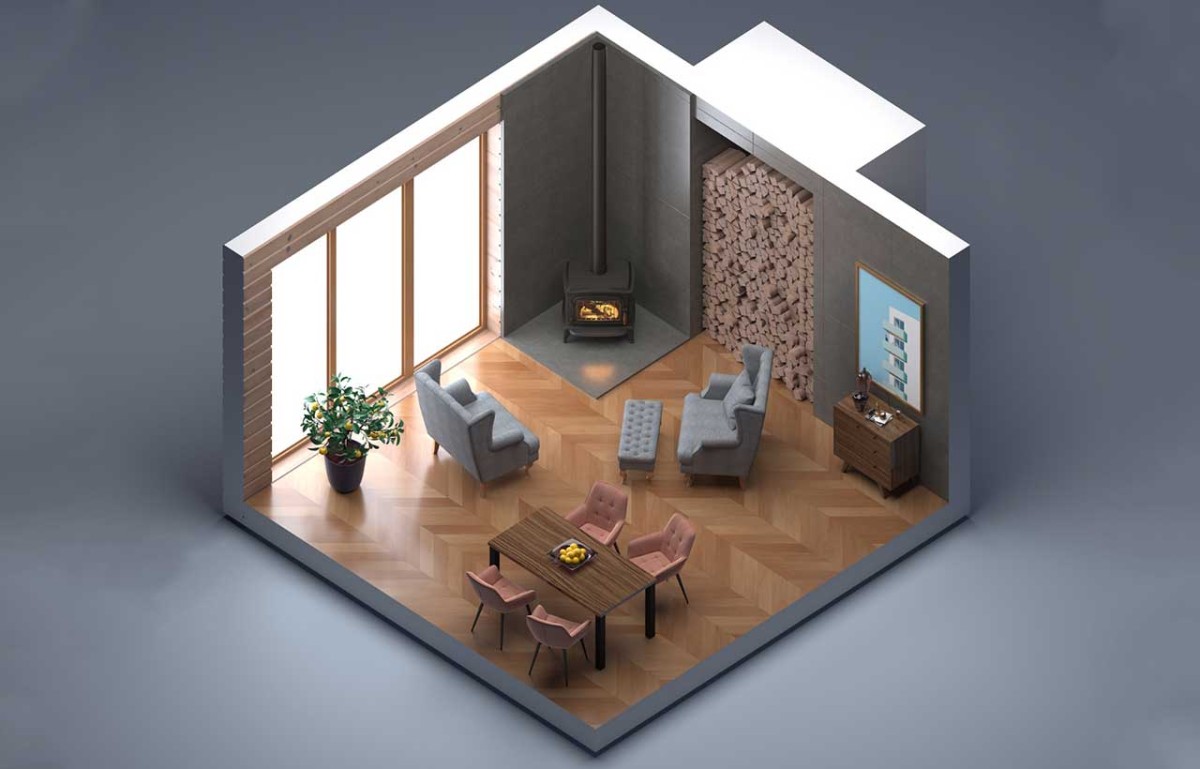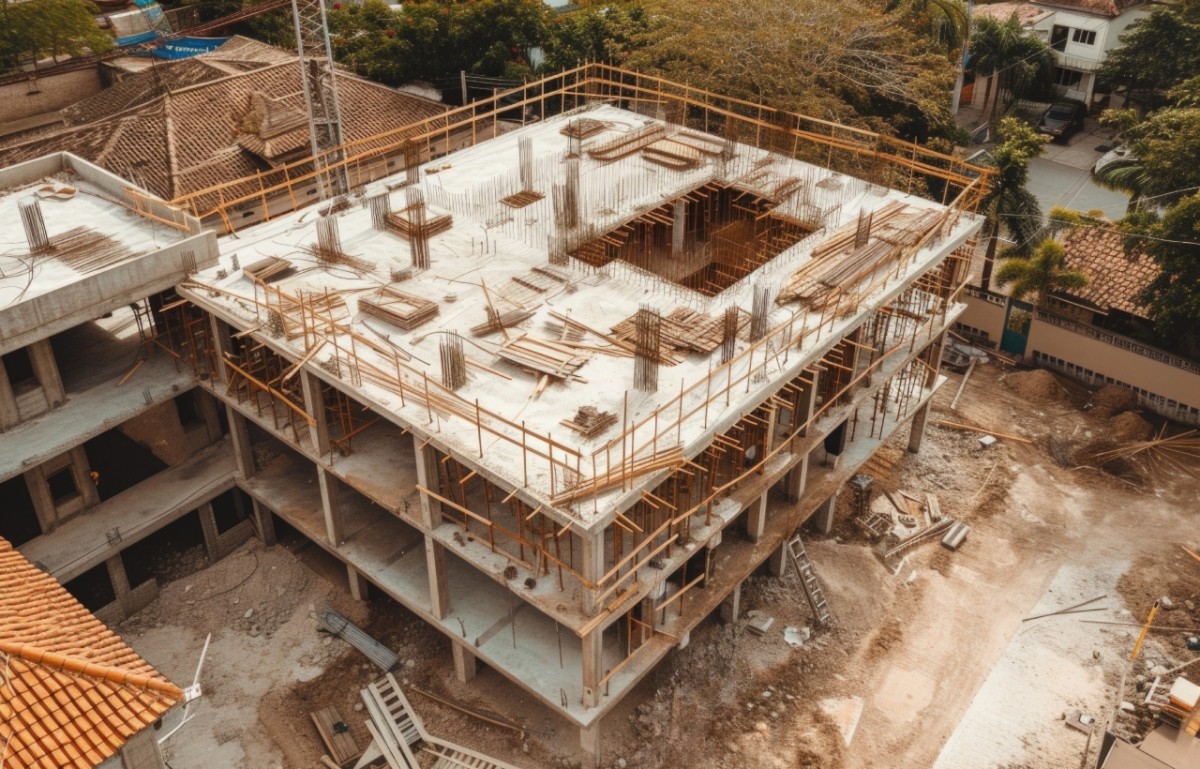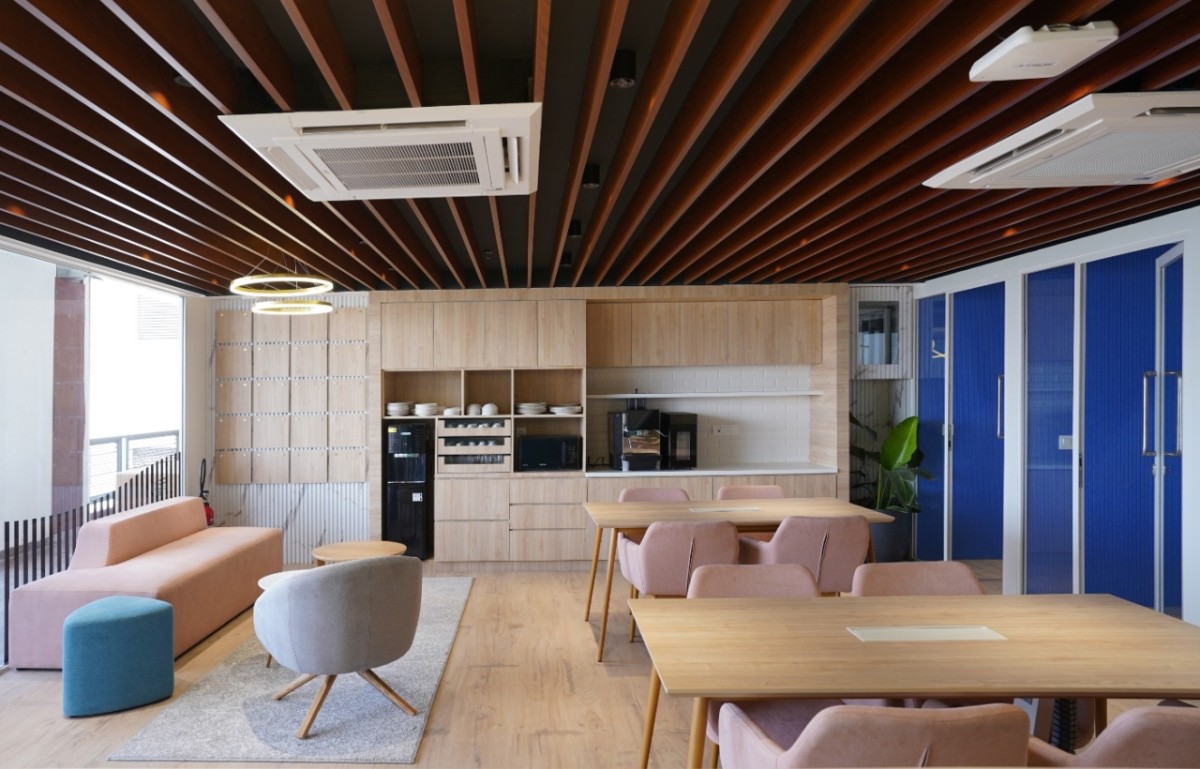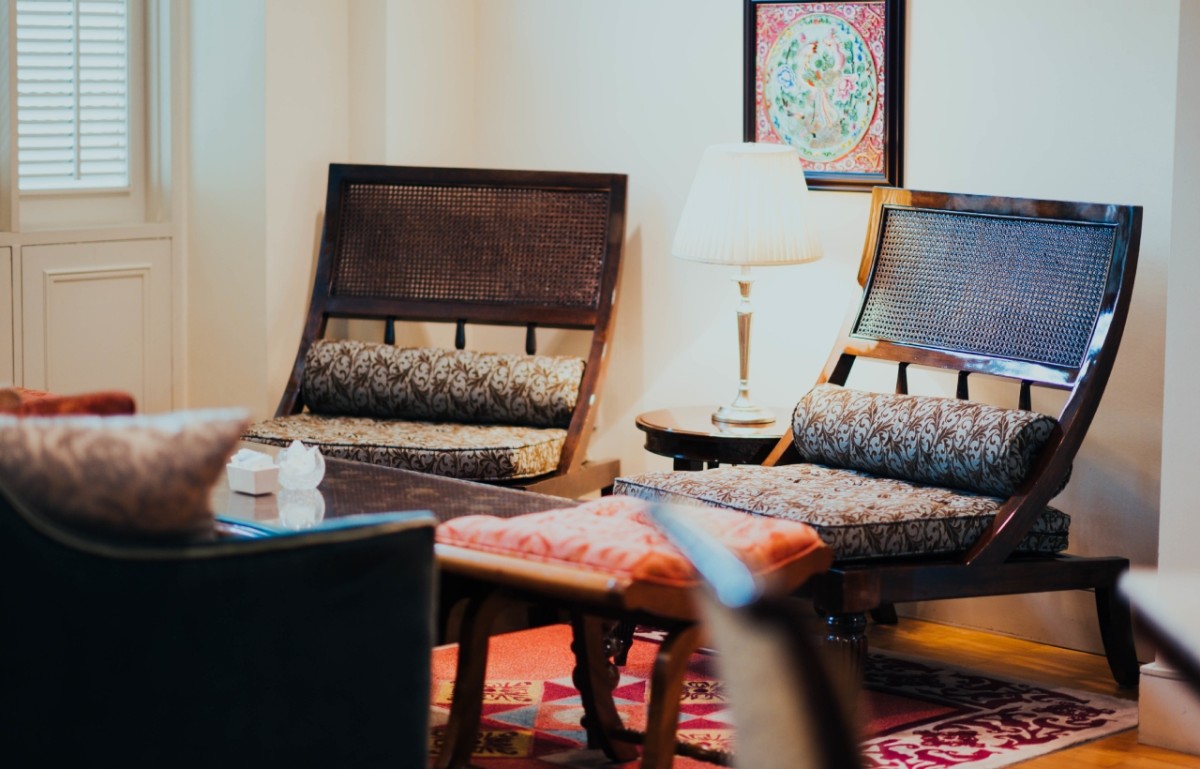5 Traditional and Organic Building Materials Ideal for Kolkata That Work Anywhere
- August 15, 2025
- By: Sanyukta Baijal
- INFLUENCERS

Kolkata’s climate is tropical wet-and-dry with prolonged humidity, sweltering summers, and an intense prolonged monsoon. The city receives 1,600 mm of average rainfall every year, which defines the certain way of building construction and what special materials need to be used.
Before cement, steel, and synthetic finishes become common in the construction business, West Bengal's builders and craftsmen depended on locally sourced organic materials. Bamboo from the nearby wetlands, terracotta, earthen plasters and other natural resources were used not only for being eco-friendly but also for their ability to keep interiors naturally cool.
In the era of climate change, many people are returning to these traditional elements for building their homes. They not only enhance the home’s aesthetic appeal but also help regulate indoor temperature naturally.
1. Terracotta Bricks
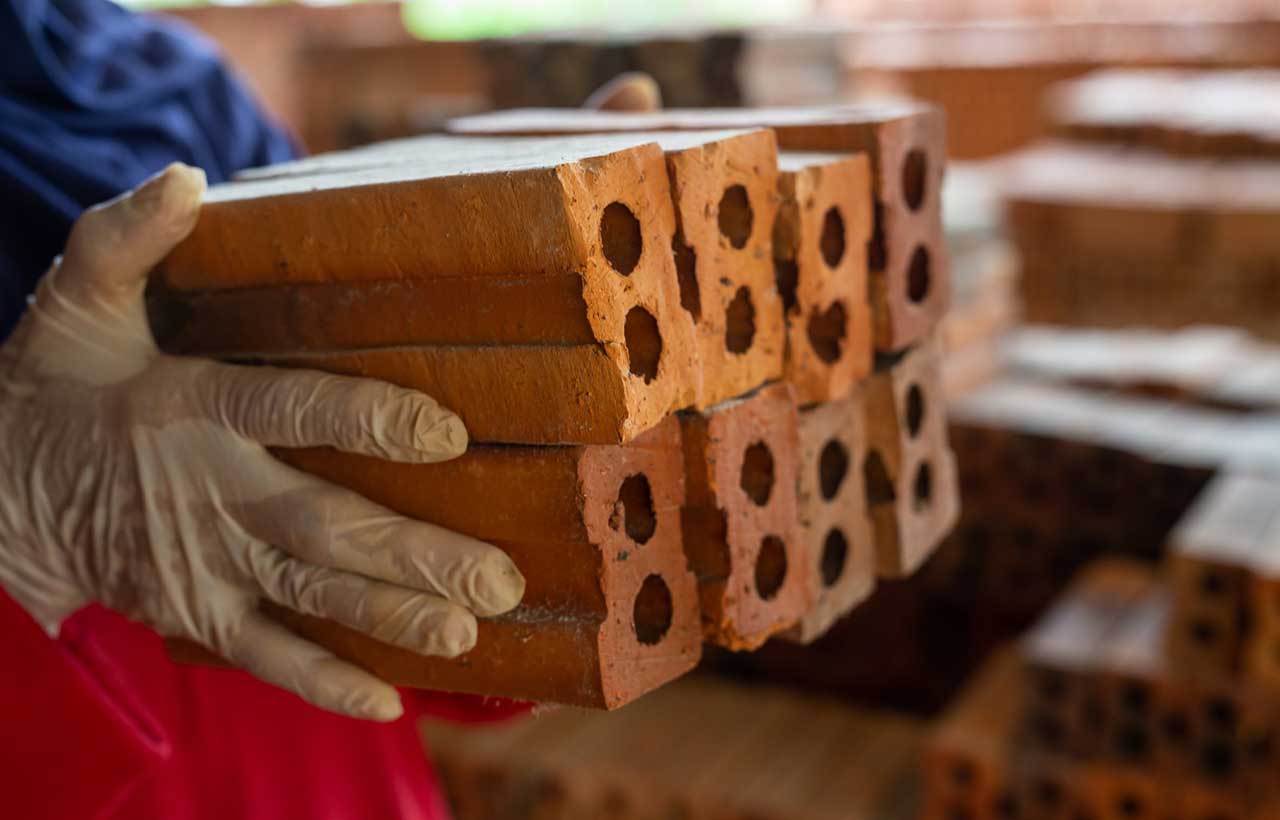
Terracotta floors, and bricks are extensively used in heritage Kolkata back in 16th-19th century. The tradition came to existence via internal Bengal when thee was lack of stone and abundant supply of local terracotta clay. The beauty of terracotta tiles lies in their ability to be carved, allowing for creative experimentation with different designs on the façade, flooring, walls etc.
2. Local Clay and Mud
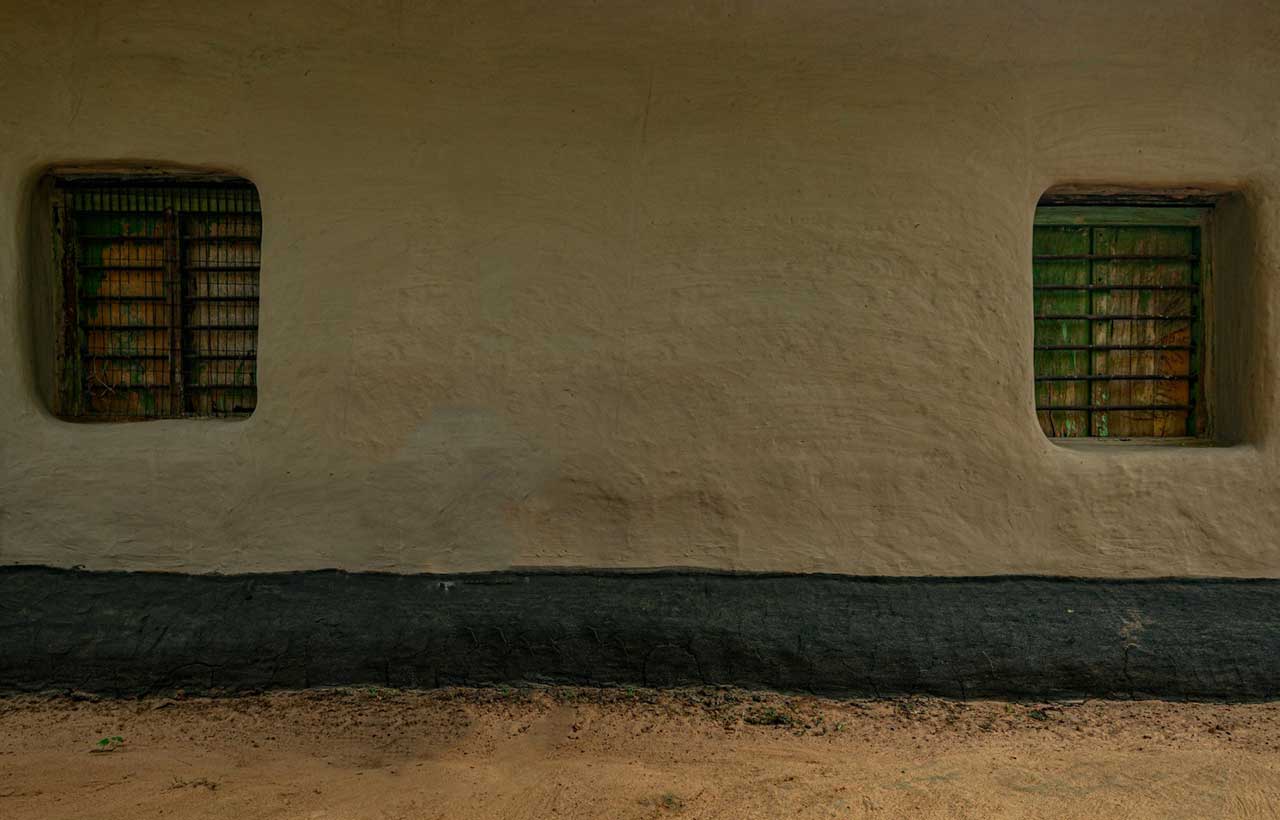
Kolkata and its surroundings have generous amount of deposits of alluvial clay or mud (aka atel maati) from the Ganga-Brahmaputra delta. Traditionally, this clay was made into bricks and was even used directly as mud walls. This is the go-to material which acts as an insulator. It can easily keep the house cool from the inside during summer and warm in winter. Mud also organically maintains the balance of humidity indoors during monsoon.
3. Laterite
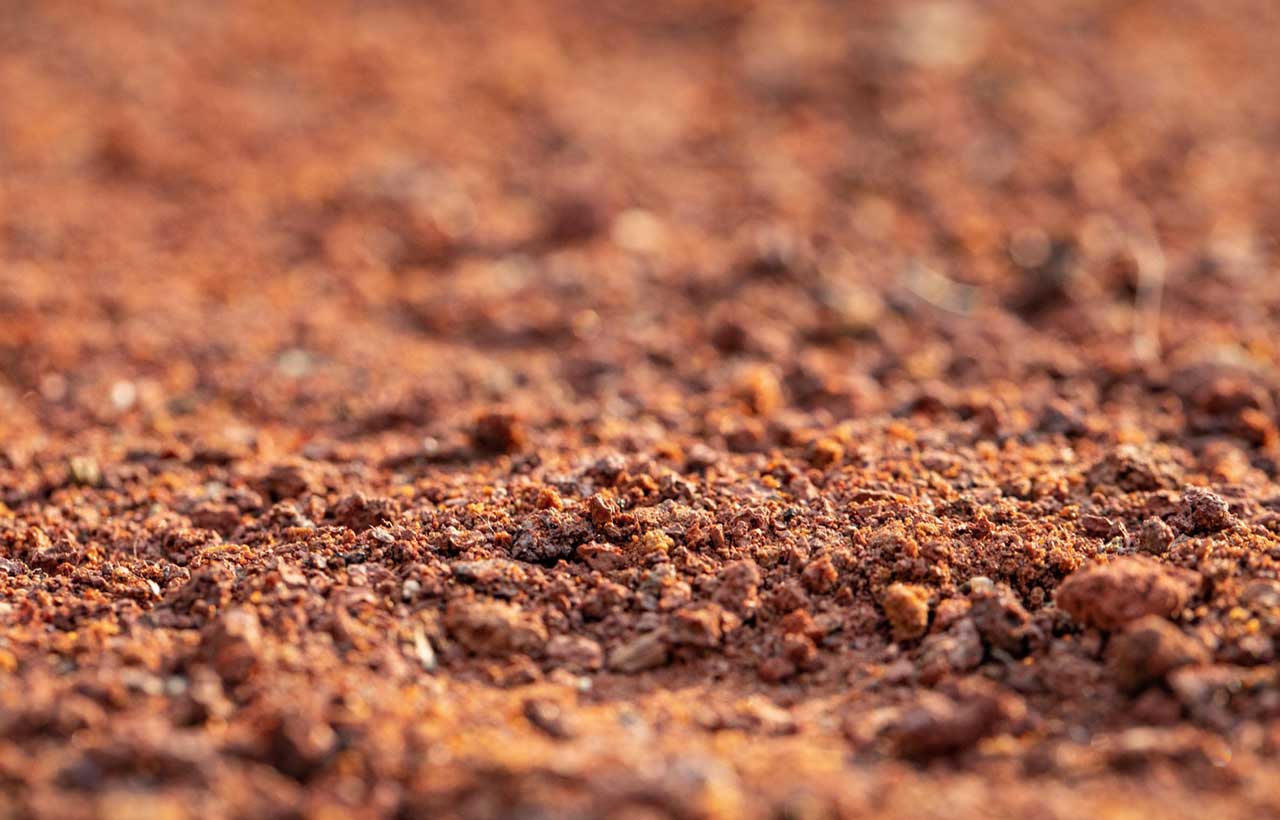
On the other hand, laterite which is a reddish-porous stone found in nearby areas of Kolkata. It is light in weight and can be cut easily, which makes it ideal to use as a construction material. Laterite is not just eco-friendly and favours the weather. It is very cheap and easily available locally.
4. Bamboo, Thatch, and Mud Plaster
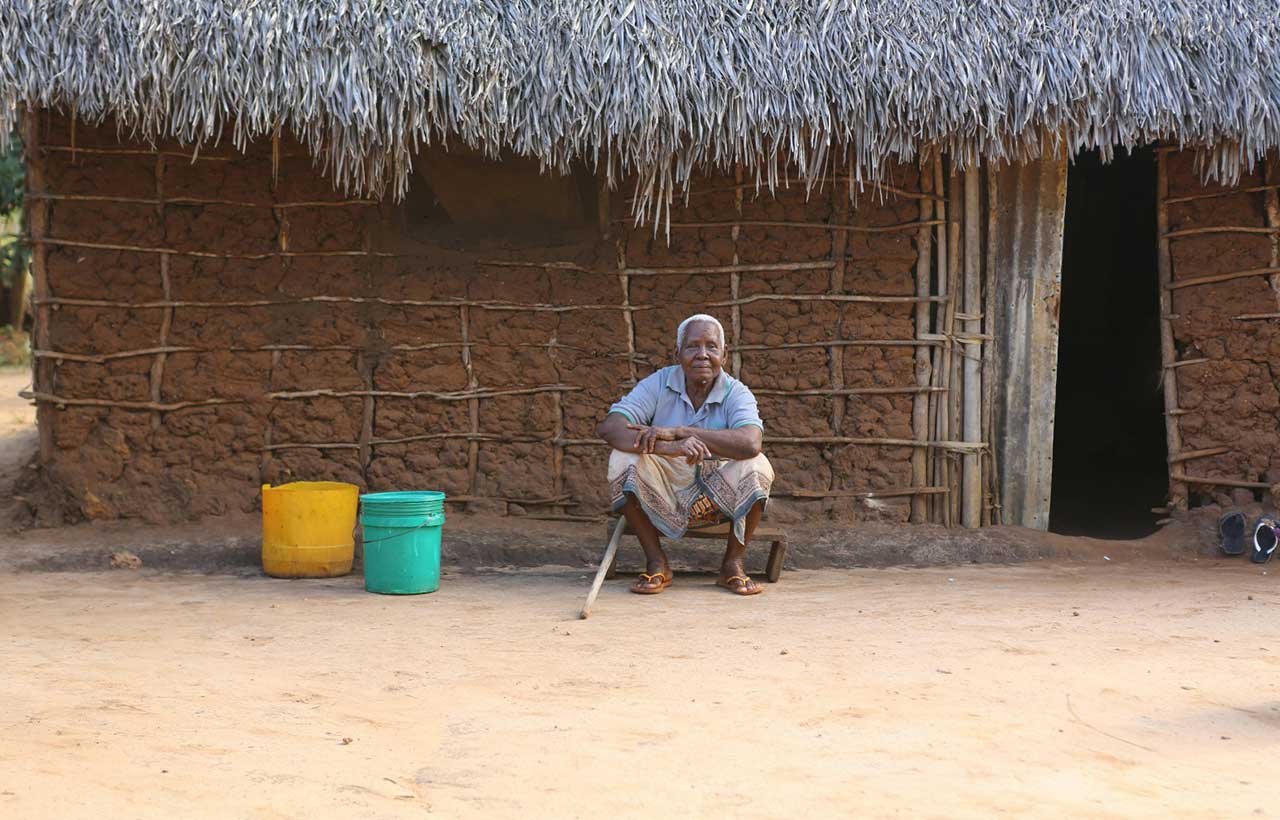
Bengal is rich in bamboo and cane, and for centuries, these treasures from its lush wetlands have shaped evergreen, durable, traditional building techniques. Lightweight and easy to work with, bamboo can be effortlessly transported and withstands heavy rains. Covered with thatch roof, this material helps in keeping the house airy, breathable and cool. One of bamboo’s biggest strengths is its resilience, it can be easily repaired incase of floods, rains etc.
5. Lime Plaster
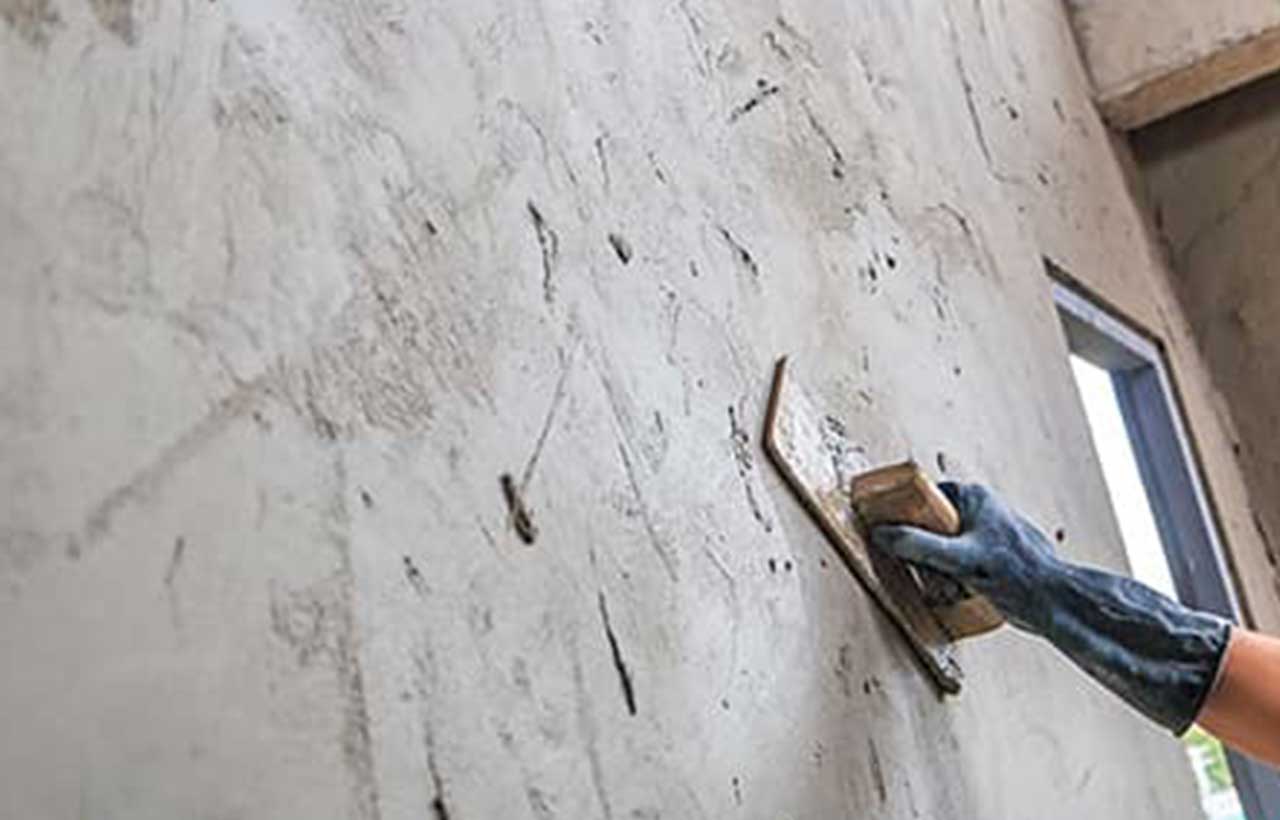
Being used in Bengal since ages, Lime plaster is a traditional wall finish known for its durability, and resistance to mold and mildew. It is alkaline in nature which makes it difficult for fungi to grow on it. Sourced from locally available limestone or shells, Lime plaster is a not just organic but also aesthetically pleasing. Just like bamboo, mud, and clay, lime plaster is making a stylish comeback. It is being celebrated today as both a trendy and eco-conscious choice for modern homes.
Also read: 5 Signature Design Elements That Define Kolkata’s Heritage Homes
Also read: Interior Decor Features Which Will Be Found in Every Traditional Home of Kolkata
Also read: Kari Village: Uttarakhand's Artistic Residence Rooted in Mud



